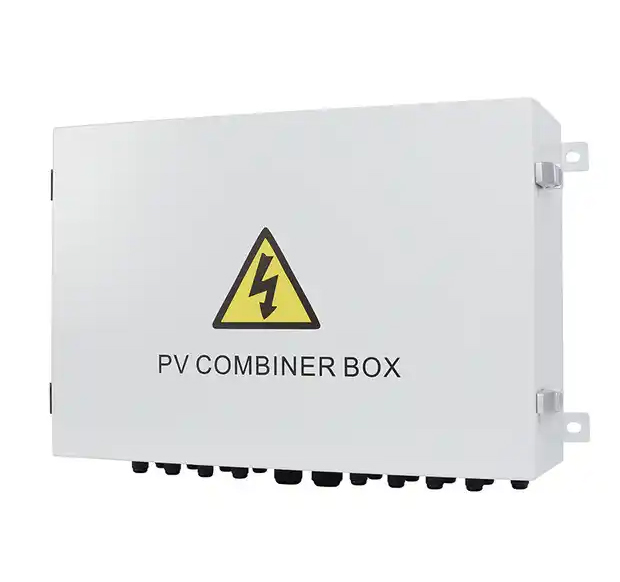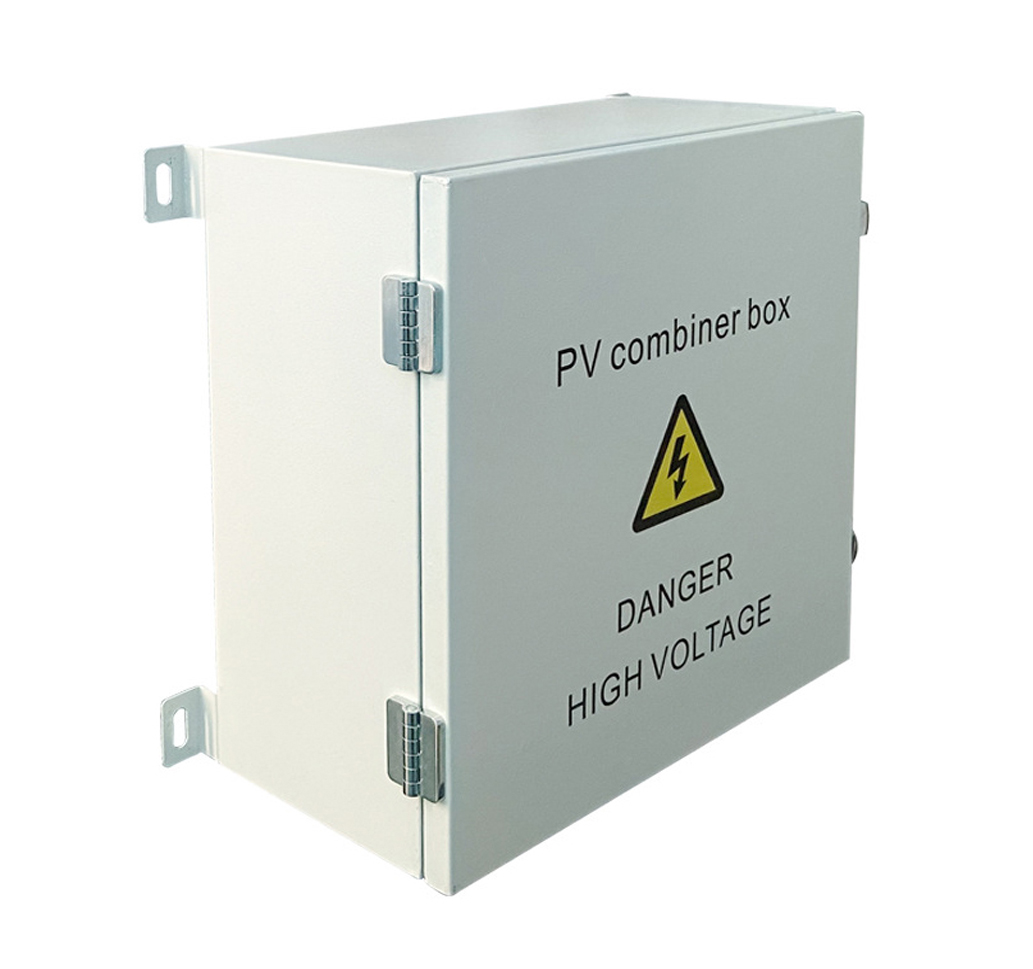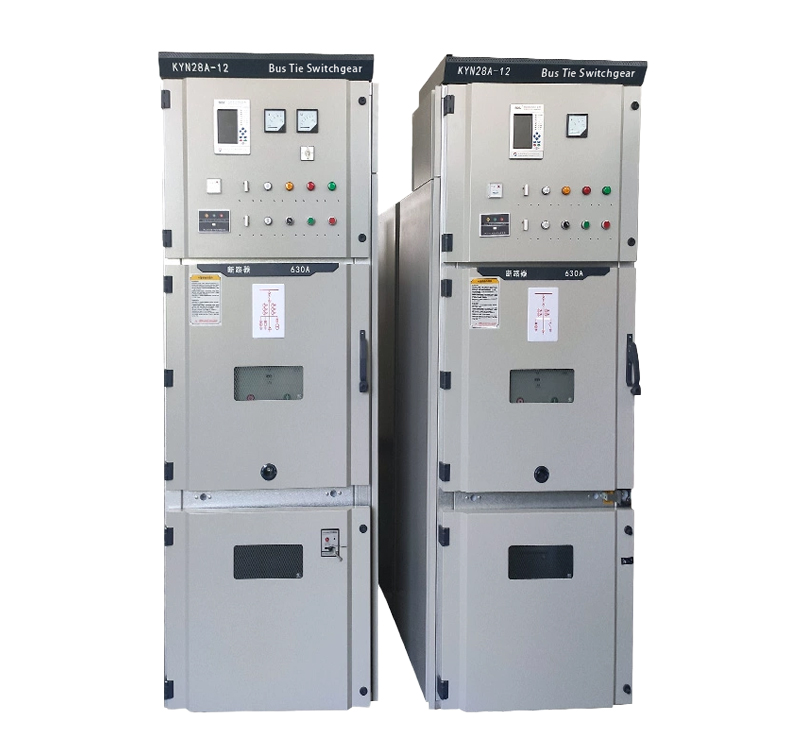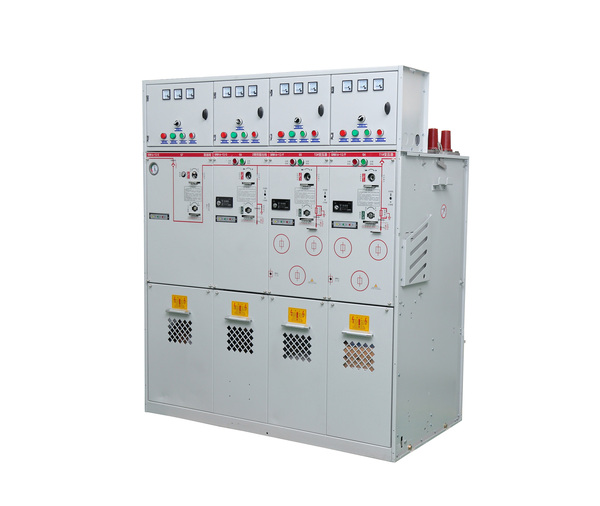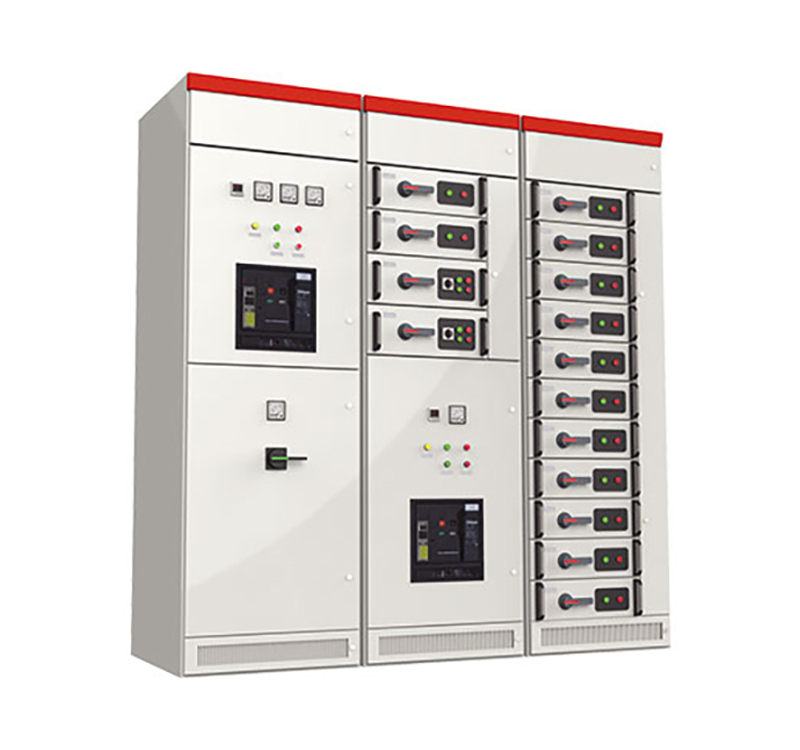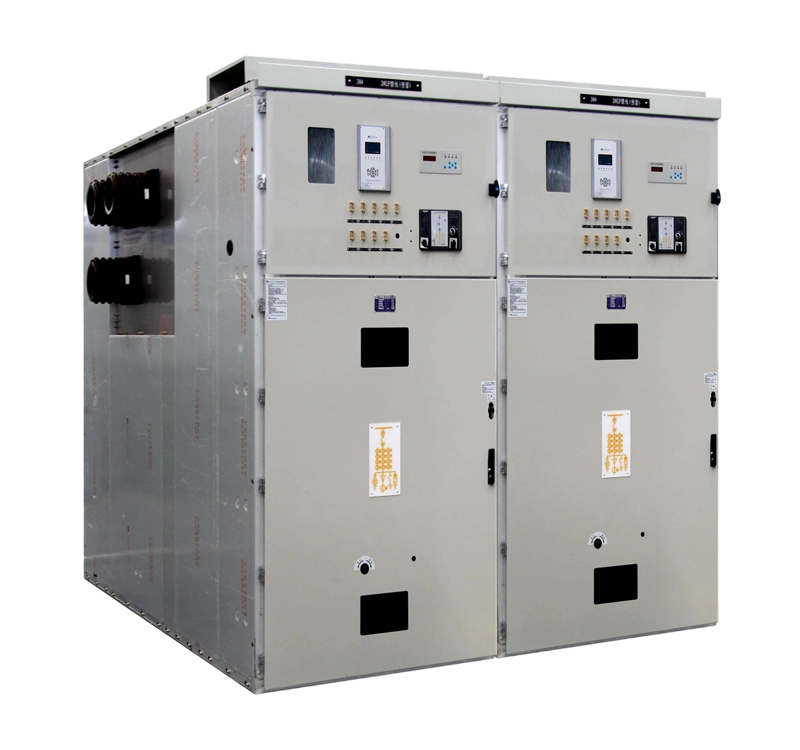
A 400V PV Low-Voltage Grid-Connection Cabinet is a critical interface device that connects the photovoltaic (PV) power generation system to the low-voltage grid. It is a dedicated distribution panel integrating protection, monitoring, metering, and control functions. It is primarily composed of the following core components:
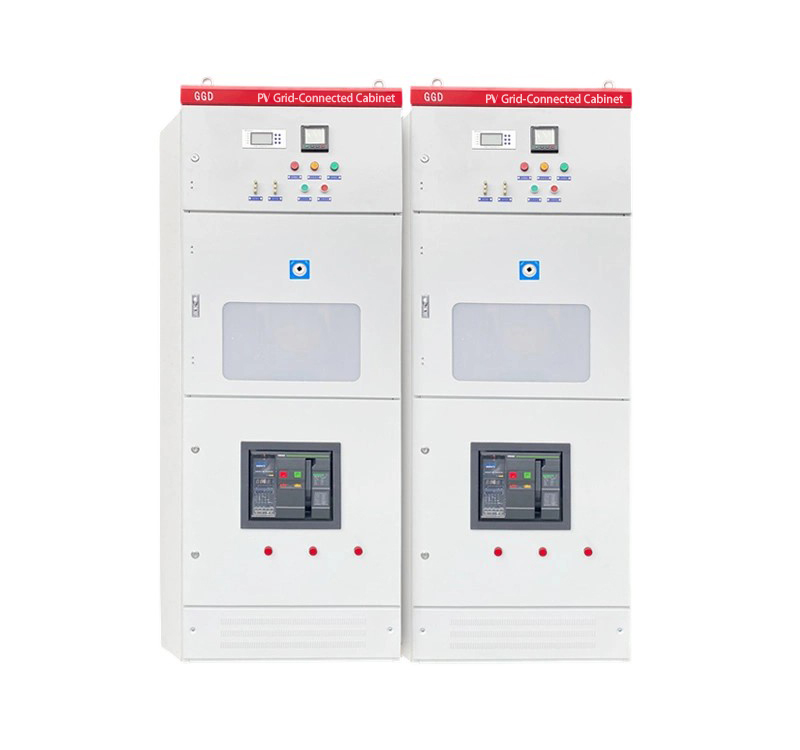
1.Isolation Switch (or Disconnector)
Description: A manual mechanical switch providing a visible isolation gap (break) for safety.
2.Air Circuit Breaker (ACB)
Description: A powerful low-voltage circuit breaker, typically serving as the main switch of the cabinet, possessing high interrupting capacity and comprehensive protection functions.
3.Anti-Islanding Protection Relay
Description: The “brain” and core protection unit of the grid-connection cabinet. It is a comprehensive device integrating multiple protection functions, usually including a dedicated anti-islanding protection module.
4.Power Quality Monitoring Device (PQMD)
Description: An intelligent device for real-time monitoring and recording of various electrical parameters at the grid connection point, typically equipped with a display.
5.Surge Protective Device (SPD)
Description: Also known as a lightning arrester or surge suppressor, it is connected in parallel within the circuit to suppress transient overvoltages (e.g., from lightning strikes or switching operations) originating from the grid side or the PV side.
6.Smart Meter (Bidirectional Energy Meter)
Description: A multifunctional energy meter used for accurate measurement of the energy generated by the PV system (feed-in energy) and the energy consumed from the grid (imported energy).
Functions of a 400V PV Low-Voltage Grid-Connection Cabinet
The core function of this cabinet is to safely, reliably, and efficiently interface the DC power generated by the PV system (after inversion by the inverter) with the 400V low-voltage grid, ensuring the process is safe for both the grid and the equipment itself. The specific functions of each component are as follows:
1.Function of the Isolation Switch
Maintenance Isolation: Provides a visible and safe electrical isolation point for maintenance work on downstream components (e.g., circuit breaker, relay) or the inverter, ensuring operator safety.
Emergency Disconnection: Allows for manual disconnection in emergency situations to rapidly isolate the PV system from the grid.
2.Function of the Air Circuit Breaker (ACB)
Switching Function: Acts as the main switch for manual connection to (closed) and disconnection from (open) the grid.
Overload and Short-Circuit Protection: Automatically and rapidly trips to open the circuit in the event of severe overload or short-circuit faults, protecting downstream cables and equipment from damage.
Undervoltage & Loss of Mains Protection: Works in conjunction with anti-islanding functions, tripping when grid voltage abnormally drops or fail
3.Function of the Anti-Islanding Protection Relay
Core Protection – Anti-Islanding: This is its most critical function. When the grid power fails, the relay must rapidly detect the “islanding condition” (where the PV system continues to power a section of the local network) and immediately send a trip signal to the circuit breaker. This is crucial protection to prevent the PV system from back-feeding power into de-energized grid lines, thereby ensuring the safety of utility line workers.
Other Electrical Protections: Typically integrates multiple protection functions, such as:
Over/Under Voltage Protection: Trips when grid voltage exceeds permissible limits.
Over/Under Frequency Protection: Trips when grid frequency exceeds permissible limits.
Reverse Power Protection: Prevents power from being fed upstream to higher grid levels (if configured).
Current Protection: Overcurrent, instantaneous protection, etc.
4.Function of the Power Quality Monitoring Device (PQMD)
Real-Time Monitoring: Continuously monitors power quality parameters at the Point of Common Coupling (PCC), such as voltage, current, frequency, power factor, Total Harmonic Distortion (THD), voltage deviations, etc.
Compliance Verification: Ensures the quality of power injected into the grid by the PV system (e.g., harmonics) complies with grid codes and standards, preventing adverse effects on other connected equipment.
Event Recording and Analysis: Records waveform data during power quality events or trips, facilitating post-event analysis and fault finding.
Data Logging and Communication: Logs generation data and transmits it via communication interfaces (e.g., RS485, Ethernet) to a supervisory control system (SCADA or monitoring platform).
5.Function of the Surge Protective Device (SPD)
Equipment Protection: Effectively diverts and absorbs transient overvoltages and surge currents originating from the grid or propagating along cables, protecting the cabinet’s expensive electronic devices (relays, monitors, meters) and the inverter from damage caused by voltage surges.
6.Function of the Smart Meter
Bidirectional Metering: Precisely measures the energy exported to the grid and the energy imported from the grid. This is the critical basis for financial settlement in “self-consumption with export to grid” applications.
Data Remote Transmission: Transfers metering data to energy management systems or the utility company for monitoring generation performance and billing purposes.
Summary
The 400V PV Low-Voltage Grid-Connection Cabinet is a fully functional safety hub. The Isolation Switch provides physical safety, the Air Circuit Breaker provides circuit switching and basic protection, the SPD provides overvoltage protection, the Anti-Islanding Protection Relay is the intelligent core ensuring personnel and grid safety, the Power Quality Monitoring Device acts as the compliance “monitor”, and the Smart Meter is the economic “scale”. Together, they work synergistically to ensure the safe, reliable, and efficient integration of the photovoltaic power generation system into the existing electrical grid.
